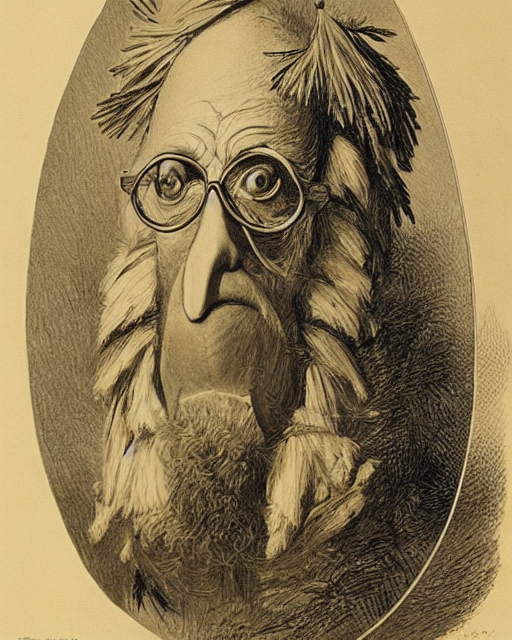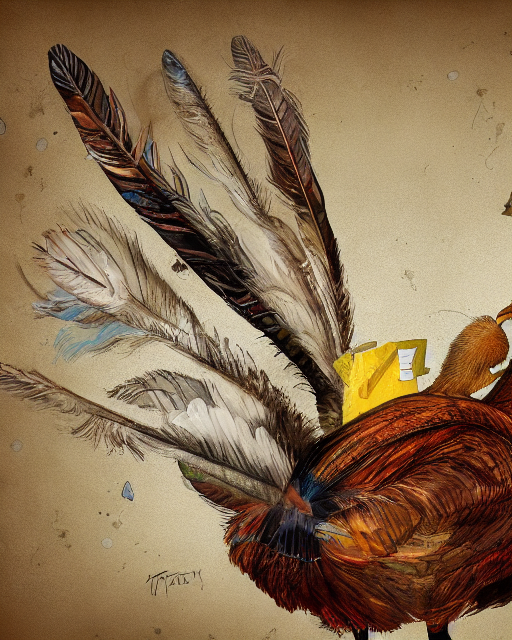
Prum begins by highlighting the good-genes theory of sexual selection as the dominant paradigm, which he says many biologists accept uncritically. The good-genes paradigm is the idea that females prefer traits of males that indicate quality. The model is based on the handicap principle, which states that the most honest indicators of health and vigor are costly. Only the strongest males can afford to have huge tails or waste energy building elaborate ornaments. The concept of “conspicuous consumption” of humans is similar. People buy expensive things not because they want them, but because they want to signal to others that they can afford it. The cost means that only the wealthy can afford it.
The alternative runaway model is that females prefer male traits for arbitrary reasons. If females just happen to like dancing, then males might be selected to become great dancers. Hence, some birds, like red-capped manakins, do the moon walk. Swordtail fish have very long tails not because long tails indicate quality, but because females just like longer tails. The preference might have started as females preferred bigger males, and only measured length in their assessment of “bigness.”
Both good-genes and runaway models predict elaborate ornaments that impose a cost on their bearers. A bower bird must put much effort into constructing his bower. Prum argues that biologists often take the costliness of ornaments, predicted by both runaway and good-genes models, however, to be evidence of the good-genes model only. Prum speculates that modern mathematical notions of fitness might have confused biologists into accepting their preferred model. He argues that there is very little evidence for the good-genes model. For one thing, traits used in mate selection often do not indicate male quality.
In Prum’s alternative, runaway sexual selection is a null model because it is most reasonable. The null model must be disproved before an alternative is accepted. Prum argues that runaway sexual selection is random like genetic drift. If the null of randomness is rejected, then selection is accepted as the alternative hypothesis. Prum defines sexual selection to include the runaway model only, while natural selection includes good-genes sexual selection.
Prum clearly wants runaway sexual selection to be the guiding paradigm rather than the null model because he makes no effort to disprove it. Instead, he devotes all his efforts to discrediting the good-genes hypothesis. Consequently, Prum’s analogy to neutral drift really had the opposite implication. In molecular tests of selection, neutral drift is a null model, rejection of which supports selection. Most people who use these molecular tests of selection believe in selection and want to show evidence for it. Prum believes in “runaway sexual selection” and wants to show evidence for it, so making it a null model like neutral drift is not really what he is trying to do. It is contradictory to the fact that he made no effort to disprove his null model.
Prum got confused between a null model and a guiding paradigm. What is the difference? To see the difference, let us accept his main argument. If runaway sexual selection is in operation unless shown otherwise, null models could come in two forms. First, a null hypothesis would be what is expected by the runaway model. Second, a null hypotheses would be the opposite of what is expected by the runaway model. Both sorts of nulls might be used. Where the runaway model is the guiding paradigm, models are built and experiments are built to test its detailed predictions. The person working is usually hoping to either not reject a null runaway model or to reject a runaway-opposing null model. According to Prum, most detailed investigations have been geared to test the good-genes models. Often, this has rejected the good genes model, for example by finding that traits used for mate selection do not correlate with male quality. However, the same data would offer some support to a runaway model, so it is not like research under the one cannot inform the other.
Perhaps because of his confusion between a null model and a paradigm, Prum treats runaway and good-genes models as if they are mutually exclusive alternatives. The reality is that good-genes and runaway models are not mutually exclusive alternatives, and there are plenty of other models also (Patricelli et al. 2018, p. 120). Moreover, some of the same research used to test one paradigm would also help test the other. For example, one might investigate the origin of the female preference and the male trait. If the preference existed before the male trait, then this would suggest a sensory bias that has nothing to do with mate selection (Ryan 1998). Such a finding would favor a runaway model over a good genes model, because it would suggest that the male trait need not be correlated with male quality. However, the same research could yield the opposite result, which would be more compatible with either hypothesis. It is thus counterproductive for Prum to frame this situation as a dual between competing paradigms. Even Fisher’s (1930) first statement of runaway sexual selection did not do that.

Prum also gets carried away in his plea to make runaway sexual selection the guiding paradigm. In places, Prum tries to convince us that if we endorse good-genes models we are likely to become eugenicists or not favor women’s freedom to choose. I would have preferred that Prum spend more time thinking about science than politics.
In closing, I am left wondering why Prum’s showy ornament, The Evolution of Beauty, itself evolved. A runaway process might be surmised if Prum had an initial sensory bias for “beauty happens” explanations, for example if he was a big endorser of “shit happens” previously. Some peer reviewers’ preferences for runaway models might have allowed Prum to get carried away and write a book that confuses paradigms and null models. On the other hand, the confusion at the core of his book might have served as a handicap that tested Prum’s general intelligence. Only with superior skill in rhetoric and persuasion could Prum get press in The New York Times and considered as a Pulitzer Prize finalist. Ultimately, Prum’s elaborate ornament is probably a result of both runaway and handicap processes. It is thus probably a good argument for entertaining both.

References
Fisher (1930). The Genetical Theory of Natural Selection. The Clarendon Press, Oxford, UK.
Patricelli, G. L., Heberts, E. A., Mendelson, T. C. (2018) The evolution of beauty: how Darwin’s forgotten theory of mate choice shapes the animal world—and us. Evolution 73 (1) 115-124.
Prum, R. O. (2017). The Evolution of Beauty. DoubleDay, New York, NY.
Ryan, MJ (1998) Sexual selection, receiver biases, and the evolution of sex differences. Science 281.5385:1999-2003.